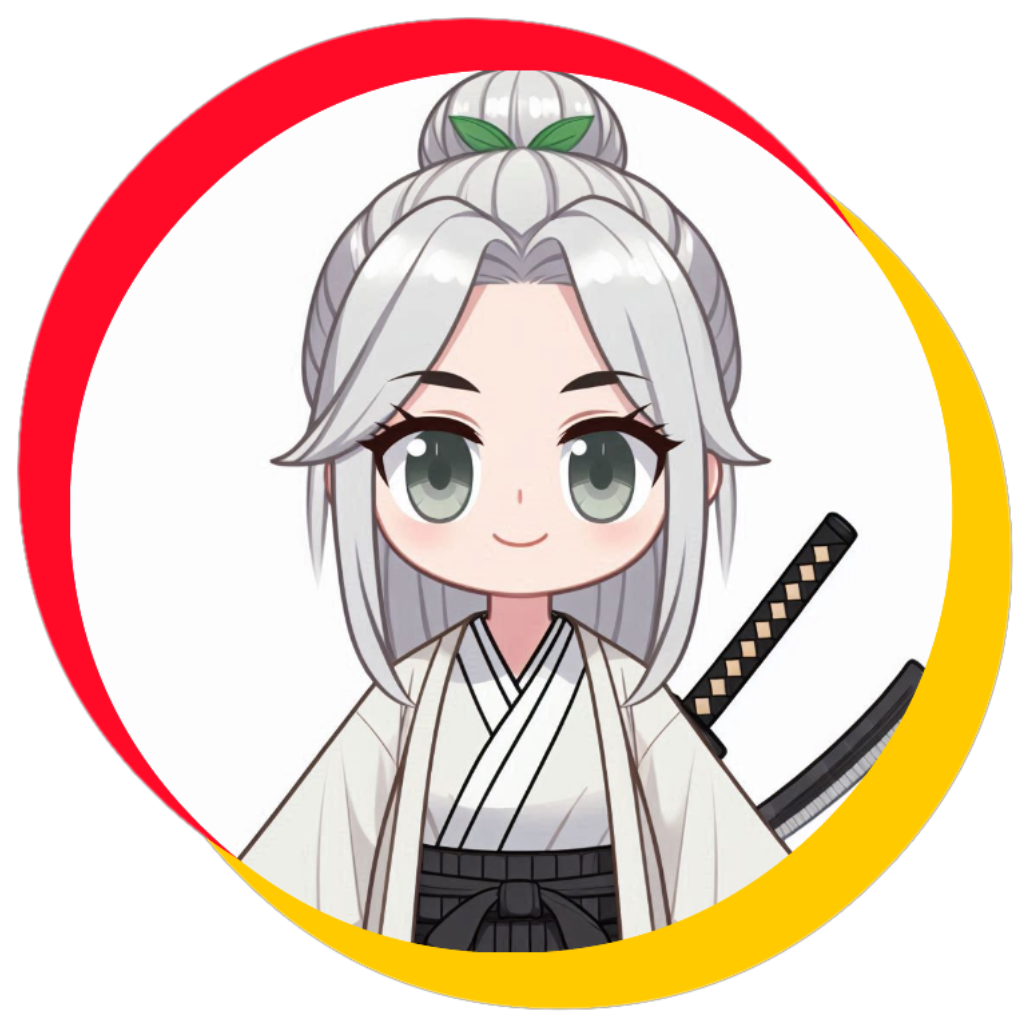More fun than emoticons: Discover Kaomoji!
I’m sure you know that the emojis we use every day came from Japan. The first emoji set was created in the late 1990s by Shigetaka Kurita for NTT DoCoMo’s mobile platform. These tiny pictograms were designed to make communication faster and more expressive, and they sparked a global phenomenon. But Japan didn’t stop at colorful icons. Long before smartphones, Japanese users were already masters of text-based emoji, known as kaomoji 顔文字.
Unlike Western emoticons that rely on sideways faces like :-) or :-(, kaomoji use a mix of characters to create expressive faces that look straight at you. They’re clever, cute, and incredibly versatile.
Kaomoji aren’t just fun, they reflect the nuance and politeness that define Japanese communication. In a culture where written words can feel formal or ambiguous, kaomoji soften messages and add warmth. They help convey tone without saying too much, which is essential in a society that values harmony and indirectness.
Here are some classics you’ll still see everywhere in Japan:
(^_^) – A simple happy face
(T_T) – Crying or sadness
m(_ _)m – Bowing politely (perfect for apologies!)
(¬_¬) – Side-eye or unimpressed
\(^o^)/ – Celebration or excitement
(>_<) – Frustration or pain
Kaomoji go beyond basic emotions, they include gestures, animals, and even elaborate scenes. This creativity ties into Japan’s love for kawaii (cute) culture and playful expression. Even today, they remain popular in texts, social media, and gaming chats because they allow personalization and nuance that pictograms sometimes lack.
So next time you send a smiley, remember: you’re carrying a little piece of Japanese innovation in your pocket. And if you want to level up your emoji game, try sprinkling in some kaomoji. They’re fun, expressive, and a great way to add personality to your messages.
Here’s a link to a kaomoji generator I use (there are others out there), use at your own risk (you might get addicted!): https://kaomojikuma.com/


